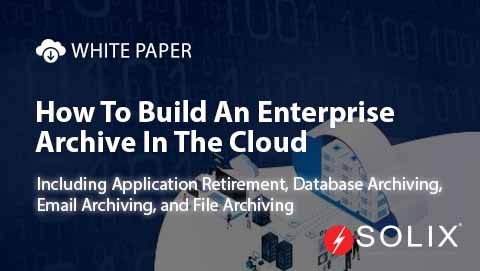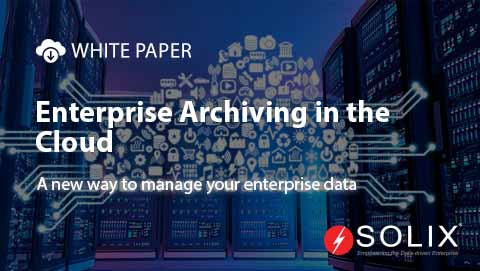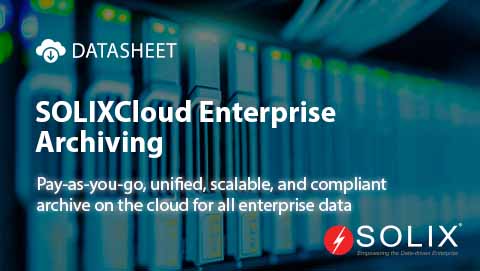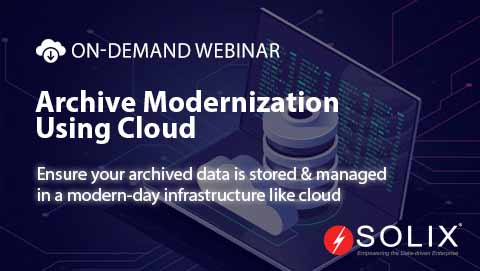Continuity Planning and Disaster Recovery
As a leader in the technology industry, I’ve had the privilege of working with numerous companies, each with its unique set of challenges and opportunities. One area that requires careful consideration is Continuity Planning And Disaster Recovery. It’s crucial for businesses to have a robust strategy in place to ensure that operations can continue uninterrupted in the face of unexpected events.
What is Continuity Planning And Disaster Recovery, and why does it matter? Continuity planning and disaster recovery refer to the process of planning for and responding to unexpected events that can disrupt business operations. This includes natural disasters, cyber attacks, power outages, and other forms of disruption. Without a solid plan in place, businesses can face significant financial losses, damage to their reputation, and even put their very existence at risk.
A real-world scenario: Transforming Continuity Planning And Disaster Recovery for success. Imagine a global retail giant like Acme Corporation, with operations spanning multiple countries and dependence on complex supply chains. When a severe weather event hits one of its major distribution centers, the company’s ability to respond quickly and effectively to the crisis can make all the difference. By having a comprehensive Continuity Planning And Disaster Recovery strategy in place, Acme Corporation can minimize the impact of the disaster and get back to business as usual in no time.
How Solix Saves Money and Time on Continuity Planning and Disaster Recovery. At Solix, we understand the importance of Continuity Planning And Disaster Recovery. That’s why we offer a range of solutions designed to help businesses like Acme Corporation minimize downtime and ensure business continuity. By leveraging our expertise and technology, companies can:
- Reduce infrastructure costs with application decommissioning
- Improve application performance and optimize infrastructure
- Meet compliance objectives with policy-based data retention
- Achieve cost savings from legacy application decommissioning
Our solutions are designed to help businesses like yours achieve business resilience. With Solix, you can:
- Centralized data governance and administration: Improve data governance and administration with our centralized platform
- Application retirement and decommissioning: Retire and decommission legacy applications at a low, fixed monthly cost
- Database archiving: Move older, less frequently accessed data to low-cost cloud object storage
- File archiving: Secure and scalable data storage with our file archiving solution
- Enterprise data lake: A unified repository for storing structured, semi-structured, and unstructured data
Cost Savings from Legacy Application Decommissioning. By decommissioning inactive applications, businesses can achieve significant cost savings. According to a study by the Compliance, Governance, and Oversight Council, the average annual cost savings for decommissioning inactive applications were $40,000. For larger, enterprise-class applications, the annual savings can exceed $120,000.
Achieve Compliance Objectives with Policy-Based Data Retention. Our solutions are designed to help businesses meet compliance objectives with policy-based data retention. With our advanced Information Lifecycle Management (ILM) capabilities, you can optimize your infrastructure, reduce costs, and minimize risks.
Want to learn more about how Solix can help your business achieve Continuity Planning And Disaster Recovery? Enter to win $100 by signing up for our newsletter or contact us today!
Disclaimer: This blog post is for informational purposes only and is not intended to offer specific financial or legal advice. Please consult a qualified professional before making any decisions about your business.
References: Compliance, Governance, and Oversight Council. (2019). Study on the cost savings of legacy application decommissioning.
About the Author: The author is a technology leader with a proven track record of driving innovative solutions and leading high-performing teams.




